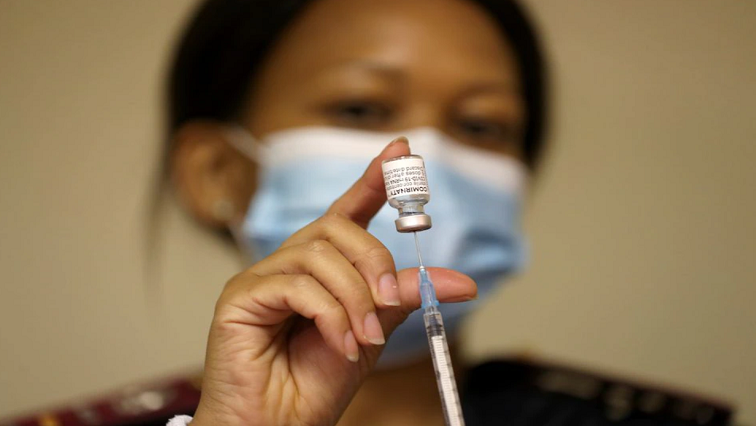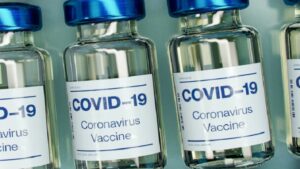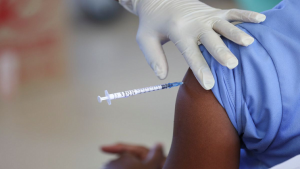The University of Johannesburg’s Associate Professor of Sociology, Carin Runciman, has attributed the decline in vaccine hesitancy in the country to the success of some of the public health messaging. This follows a study by the University.
According to the study, people aged between 18 and 34 face more barriers to getting vaccinated than people aged 50.
Forty-two percent of the country’s population has been fully vaccinated.
Latest findings on vaccine hesitancy, inequalities and barriers to vaccination. https://t.co/4wyiToliws
— Carin Runciman (@CarinRunciman) February 7, 2022
Runciman says the vaccine roll-out programme in the country now looks promising.
She says, “There’s some encouraging news. The younger people who have been dealing with more vaccine hesitancy have now shown declining figures by 16% points. And that is quite considerable. There are encouraging signs that also suggest that some of our public health messaging is working and many other people who were resisting being vaccinated are starting to shake some attitude.”
Findings
A statement by UJ states that the findings demonstrate that vaccine hesitancy has declined slightly from 28% recorded in Round 4 of the survey, undertaken between June 25 and July 20, 2021, to 25% in Round 5.
This illustrates that the proportion of the adult population that is vaccine hesitant is largely stable.
Vaccine hesitancy among White adults, who in previous rounds of the survey were the most vaccine-hesitant group, has declined by 18% points although the levels of hesitancy within this group remain higher than among Black African or Indian and Asian adults.
Generational differences, knowledge about vaccines and political trust play an important role in informing vaccine hesitancy.
Furthermore, the report demonstrates important inequalities in vaccination coverage that cannot be explained by corresponding levels of vaccine hesitancy. Indeed, variations in vaccination appear to mirror wider socio-economic inequalities.
Those earning between R20 001 and R40 000 per month or more have nearly double the rate of vaccination compared to those earning under R1 000 per month; 65% were vaccinated compared to 33%.
Vaccination coverage is highest among those living in the suburbs and lowest in informal settlements and rural areas.
These inequalities highlight important barriers to vaccination that need to be addressed.
In December 2021, Dr Kgosi Letlape spoke about vaccine hesitancy and making vaccines mandatory:




